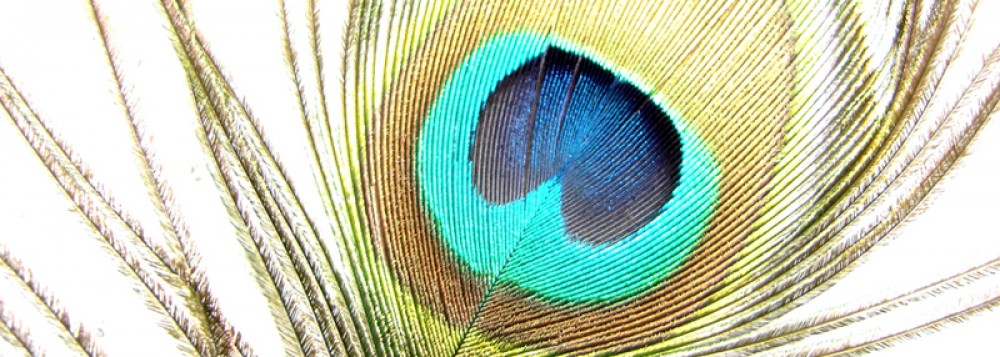Namaste (Hindi), Namaskar, Swagatam (Marathi) or Namaskara (Kannada) or Namaskaram (Telugu, Malayalam), Vanakkam (Tamil),Nomoshkaar (Bengali), Nomoskar (Assamese) is a common spoken greeting or salutation, though becoming considered old-fashioned by some. Namaskar is considered a slightly more formal version than Namaste but both express deep respect. It is commonly used in India and Nepal by Hindus, Jains and Buddhists, and many continue to use this outside the (Indian subcontinent). In Indian and Nepali culture, the word is spoken at the beginning of written or verbal communication. However, the same hands folded gesture is made usually wordlessly upon departure. Taken literally, it means “I bow to you”. The word is derived from Sanskrit (namah): to bow, obeisance, reverential salutation, and respect, and (te): “to you”. As explained by an Indian scholar, in literal terms Namaste refers to ‘Godliness in me bows to Godliness in you’ or ‘Divinity in me, salutes divinity in you’. In most Indian families, younger men and women are taught to seek the blessing of their elders by reverentially bowing to their elders. This custom is known as Pranāma.
Other greetings include “Ami Aschi” (in Bengali),”Jai Shri Krishna”, “Ram Ram”, and Sat Shri Akal (Punjabi, used by followers of Sikhism), Jai Jinendra, a common greeting used across the Jain community,”Jai Bhim” used by Buddhist Converts in Maharashtra after B. R. Ambedkar and “Nama Shivaya”, “Jai ambe”, “Jai Sri Ram” etc.
These traditional forms of greeting are no longer used in the world of business and in India’s urban environment. The handshake is the common form of greeting between men and men and also between women and women; the handshake is often long and soft. Men should greet Indian women with a slight nod unless the woman offers her hand for a short shake
